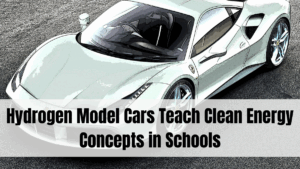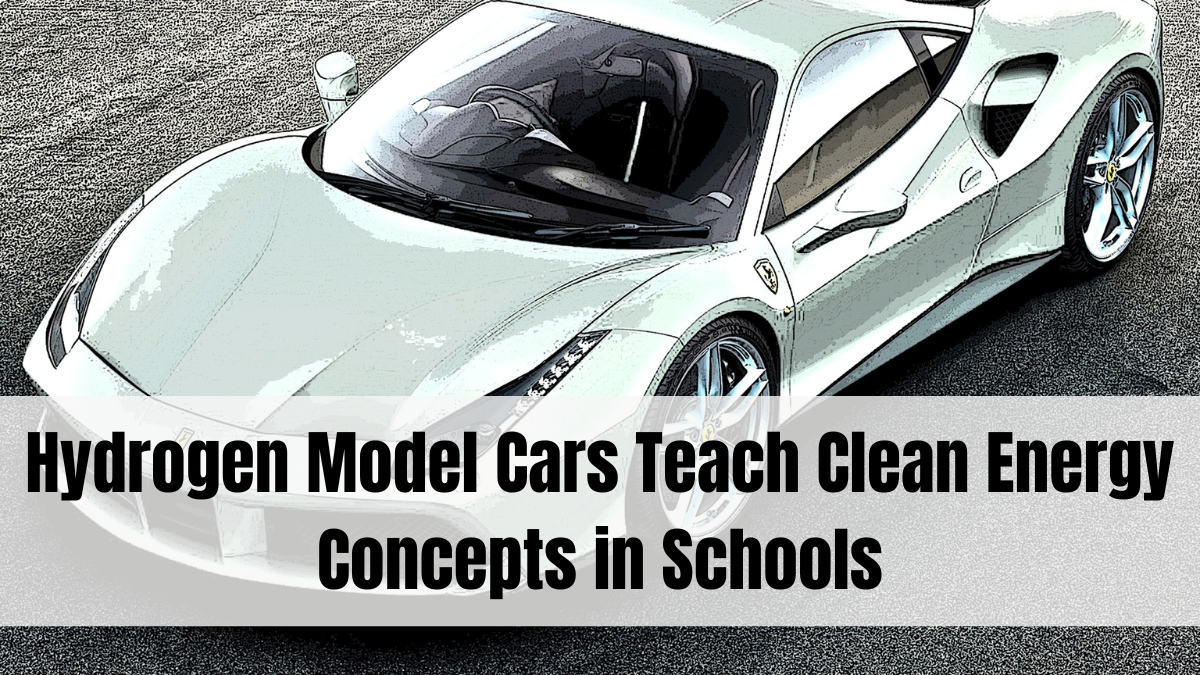As the world pivots toward sustainable transportation, schools are following suit — and in the most engaging way possible. Across the globe, hydrogen STEM learning is giving students a hands-on introduction to clean energy technologies through interactive projects, experiments, and even racing events. These programs are reshaping how students understand science and engineering while preparing them for careers in the growing hydrogen and alternative fuel economy.
One standout initiative is Hyundai’s RACER STEM Challenge, where students build and race hydrogen-powered model cars. This fun and competitive format introduces hydrogen technology in a tangible, exciting way — far beyond textbook theories.

What is Hydrogen STEM Learning?
Hydrogen STEM learning combines elements of chemistry, engineering, physics, and environmental science to teach students about:
-
Hydrogen fuel cell operation
-
Renewable energy storage and conversion
-
Electrolysis and hydrogen generation
-
Mechanical design for motion and propulsion
By creating and racing hydrogen-powered models, students gain direct insight into how hydrogen works as an energy source — and how it could transform transportation.
Hyundai’s RACER STEM Challenge: Fuel Cells Meet the Classroom
In coastal Georgia, Hyundai has launched the RACER STEM (Renewable Alternative Clean Energy Race) competition. It’s an immersive educational experience where middle and high school students:
-
Build small hydrogen fuel cell-powered cars
-
Learn how to wire circuits and assemble mechanical components
-
Study how electrolysis separates hydrogen and oxygen
-
Compete in time trials and design-based scoring challenges
This initiative blends classroom learning with real-world application, inspiring students to explore clean energy engineering while encouraging teamwork and critical thinking.
Why Hydrogen as a Focus?
While electric vehicles (EVs) dominate headlines, hydrogen fuel cell vehicles (FCVs) offer long-range, fast-refueling alternatives. Teaching students about hydrogen is vital because:
-
Hydrogen emits only water vapor — a truly clean energy source
-
Fuel cell vehicles are already being produced globally (Toyota Mirai, Hyundai NEXO)
-
Hydrogen infrastructure is growing for both transportation and grid storage
-
It creates STEM career paths in chemical engineering, green manufacturing, and clean transport systems
Through hydrogen STEM learning, students become future innovators in clean energy and mobility.
Engaging Students Through Hands-On Learning
Hands-on education is at the core of effective STEM engagement, and hydrogen model car challenges offer an ideal format. These activities allow students to:
-
Solve design problems using real engineering principles
-
Explore trial-and-error through prototype adjustments
-
Understand energy efficiency by measuring fuel cell output
-
Compete while applying classroom theory in a dynamic setting
By making science feel like a race day, educators turn complex topics into accessible and unforgettable lessons.
Supporting Teachers and Schools
Programs like Hyundai’s RACER Challenge also provide resources for schools and teachers, including:
-
Classroom kits with hydrogen fuel cell components
-
Teacher training workshops on hydrogen STEM integration
-
Curriculum materials aligned with national science standards
-
Funding and sponsorship opportunities for public schools
This makes hydrogen education scalable and inclusive, especially in underserved communities where access to advanced STEM tools is limited.
FAQs
What is hydrogen STEM learning?
It’s an educational approach that uses hydrogen fuel cell technology to teach students about clean energy, science, and engineering through interactive, project-based learning.
Why is hydrogen education important?
Hydrogen is a key clean energy source of the future. Understanding how it works prepares students for careers in sustainable transportation, energy storage, and chemical engineering.
How do students learn through hydrogen model cars?
Students build and race model vehicles powered by hydrogen fuel cells, allowing them to explore energy conversion, design, and real-world applications in a fun, engaging format.
Who can participate in these programs?
Middle and high school students are the primary participants, but the model can be adapted for college-level or vocational education as well.
Are resources available for schools?
Yes. Companies like Hyundai provide fuel cell kits, teacher training, and curriculum support to make hydrogen STEM learning accessible in classrooms nationwide.
Click here to know more.
